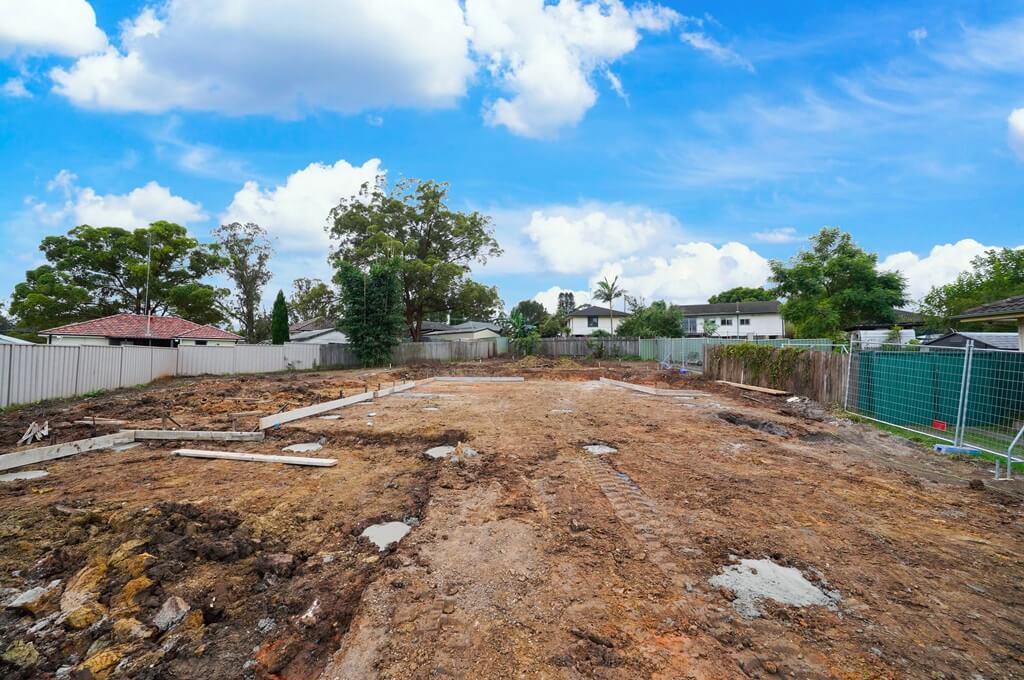The landscape of construction is undergoing a profound transformation with the integration of modern technologies, and one standout addition is drones. Representing a pivotal shift, drones offer unparalleled capabilities and insights to construction engineers globally. Their versatility spans from initial surveys to ongoing project monitoring and management, fundamentally reshaping traditional workflows and facilitating informed decision-making in a safe and efficient manner. Today, we delve into the pivotal role of drones, tracing their evolution, applications, advantages, challenges, and future prospects in construction projects.

Evolution of Drone Technology in Construction Originally utilized in military and recreational contexts, drones have undergone a remarkable evolution, finding niche applications in the construction sector. While initially employed for aerial photography and surveillance, their adaptability, maneuverability, and high-resolution imaging capabilities have propelled their integration into construction projects. Continuous advancements have led to improved battery life, enhanced stability, and seamless integration with cutting-edge sensors, rendering drones indispensable in modern construction endeavors. From real estate drone photography for surveying, mapping, monitoring, to project management, their popularity stems from the efficiency, safety, and productivity they usher in.
Surveying and Site Mapping Commercial drones play a pivotal role in facilitating aerial surveys and the development of detailed, accurate maps for construction projects. Contrasting with the labor-intensive and time-consuming nature of traditional surveying methods, drones equipped with high-resolution cameras and LiDAR sensors swiftly capture aerial imagery, enabling the creation of precise 3D site models in significantly shorter timeframes. This streamlined process equips project managers with detailed insights, empowering informed decision-making throughout planning, design, and real-time construction phases.

Safety and Risk Management Safety stands paramount in construction projects, and drones emerge as invaluable tools for enhancing safety measures and mitigating risks. Equipped with thermal imaging cameras and gas detection sensors, modern drones can identify potential hazards such as unstable structures, safety violations, and environmental risks, imperceptible to the naked eye. By providing real-time aerial imagery, drones enable proactive measures to ensure a safe working environment for construction personnel.
Progress Monitoring and Project Management Timely project completion within budgetary constraints hinges on effective progress monitoring. Drones offer an affordable and efficient means to monitor project progress, providing real-time footage and data across the entire site. This enables project managers to identify bottlenecks, optimize resource allocation, and streamline workflows. Additionally, drones facilitate surveying of remote and inaccessible locations, reducing reliance on manual inspections and minimizing downtime, thereby enhancing efficiency, productivity, and accountability.
Inventory Management and Material Tracking Large construction projects present challenges in inventory management and material tracking. Drones equipped with RFID technology, GPS tracking systems, and barcode scanners enable accurate inventory monitoring and material tracking. This ensures precise inventory records, facilitates material movement tracking, and optimizes supply chain logistics, thereby preventing theft, loss, and misplacement of materials, and enhancing project efficiency.

Environmental Monitoring and Sustainability Construction activities exert a significant environmental impact, necessitating monitoring and mitigation efforts. Drones outfitted with environmental sensors can monitor indicators such as air and water quality, noise levels, and vegetation cover, facilitating assessment of ecological footprint. Armed with such data, project managers can implement measures to minimize environmental impact, preserve sensitive habitats, and promote sustainable construction practices, thereby demonstrating a commitment to environmental stewardship and regulatory compliance.
Overcoming Challenges and Future Prospects Despite widespread adoption, challenges including regulatory constraints, privacy concerns, airspace restrictions, and technical limitations persist in fully harnessing drones’ potential in construction. Nevertheless, the future appears promising, with advancements in technology, regulations, and industry standards. Continued progress in AI, machine learning, and autonomous flight capabilities will enable more effective utilization of drones in construction sites.
For those considering the integration of commercial drones into construction projects, reaching out to Upload Enterprise at +61 401 957 996 is recommended. With a professional team comprising surveyors, geospatial experts, and UAV specialists, they offer expertise in real estate drone photography, delivering highly accurate topological maps and 3D terrain models. Certified and licensed by CASA, their drone fleet epitomizes cutting-edge aerial surveying and mapping services, setting new benchmarks for responsiveness, accuracy, and technical proficiency, thereby facilitating affordability and efficiency in construction endeavors.
